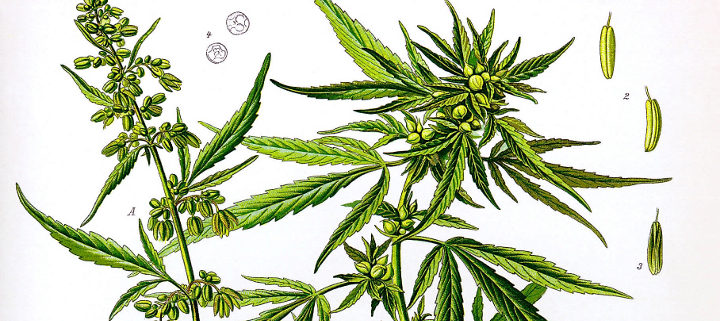Claire Martin, CCMT (that’s Certified Canine Massage Therapist), CVT, shares how massage therapy can improve our cat’s physical and mental state of health. Read more about her services at Peak Animal Wellness and Massage.
Utilizing All Tools.
 As veterinarians continue to advocate for their patients by better understanding and researching different means to combat chronic and acute pain in their patients, bodywork such as massage therapy and acupuncture are becoming much more commonplace in veterinary medicine. Consistent use of these modalities continues to positively enhance the lives of pets living with different levels of physical and emotional pain. While some may gawk at the idea of massage therapy for cats, the results at Peak Animal Wellness and Massage steadily speak for themselves!
As veterinarians continue to advocate for their patients by better understanding and researching different means to combat chronic and acute pain in their patients, bodywork such as massage therapy and acupuncture are becoming much more commonplace in veterinary medicine. Consistent use of these modalities continues to positively enhance the lives of pets living with different levels of physical and emotional pain. While some may gawk at the idea of massage therapy for cats, the results at Peak Animal Wellness and Massage steadily speak for themselves!
The Power of Touch.
As humans, we understand that touch is essential. It carries us through our most vulnerable stages in life, and helps us better connect with who we surround ourselves. Whether being held as a newborn, holding a newborn, a hug during times of sorrow or joy, the power of touch and it’s importance never waivers. There’s no doubt that massage therapy for people has long been used for relaxation and emotional support, and now is greatly utilized for chronic and acute pain. While the studies are limited surrounding the exact responses and effects of massage on animals, Peak Animal Wellness and Massage (along with plenty of other animal massage practitioners and veterinary practices across the country), is seeing direct results with this therapy on both large and small companion animals. In fact, massage therapy has been used for horses and agility dogs for many, many years — and with great success!
 Benefits of massage therapy include (but are not limited to!) increasing circulation, preventing muscle atrophy (wasting), pain relief, increasing flexibility, prevention of injuries, speeds healing processes, and emotional support.
Benefits of massage therapy include (but are not limited to!) increasing circulation, preventing muscle atrophy (wasting), pain relief, increasing flexibility, prevention of injuries, speeds healing processes, and emotional support.
According to a recent American Hospital Association survey regarding the use of complementary therapies in human medicine, almost 82 percent of responding hospitals offered massage therapy among their health care offerings — and over 70 percent utilized massage therapy as a part of their pain management program. Since our pets experience many of the same medical conditions that we do, it only makes sense that massage therapy has a similar response for pain and emotional management!
What About Cats?
 According to the ASPCA, the average lifespan of an indoor domesticated cat is somewhere between 13-17 years old, however it’s really not uncommon to see cats who are 20 years and older (I have a 20 year old cat myself!). Because they live such long lives, we know that their bodies (even without significant medical conditions or physical traumas) experience age related changes, such as arthritis. It’s important to remember that a cat’s pain tolerance is absolutely through the roof, and often times guardians will have no idea that their cat is experiencing any discomfort at all!
According to the ASPCA, the average lifespan of an indoor domesticated cat is somewhere between 13-17 years old, however it’s really not uncommon to see cats who are 20 years and older (I have a 20 year old cat myself!). Because they live such long lives, we know that their bodies (even without significant medical conditions or physical traumas) experience age related changes, such as arthritis. It’s important to remember that a cat’s pain tolerance is absolutely through the roof, and often times guardians will have no idea that their cat is experiencing any discomfort at all!
As a body practitioner, it’s clear to me that the mind and body act as one vessel, so subtle signs of pain and discomfort may vary greatly. For example, a cat may not limp, hunch over, or vocalize from pain like we may expect. Alternatively, the signs may consist more of a subtle personality change, becoming distant, hiding more, or perhaps a change in appetite.
How Can We Help Our Cats? 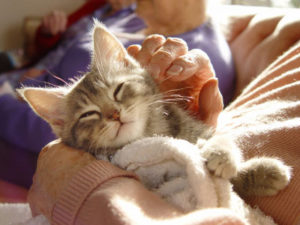
Going forward with complimentary modalities such as massage therapy for cats, it feels really important that we dismiss our judgement and expectations of how we “think” our cat will react. Sure, we have ALL met cats who request to be petted, only to become incredibly perturbed minutes later. The truth is though, our companion animals are extremely intuitive, and immediately understand the innate difference between being petted and massaged. I have found almost every one of my feline clients to be receptive to massage therapy, and most experience some kind of life changing result which involves living a more pain free life.
Meet Chester:
 Chester is an 8 year old domestic shorthaired cat who has experienced chronic lower back pain for years. He receives regular acupuncture, and is on an excellent diet. While he usually does well with his regular bodywork regime, his condition recently regressed, and so his guardian decided to try regular massage therapy sessions with Peak Animal Wellness and Massage. After only a few weekly sessions, Chester’s guardian noticed a substantial shift in his personality. He was happier, more playful, and overall less distant. His veterinarian also noticed a decrease in pain while assessing his condition, and he became more receptive to his acupuncture treatments. Yay, Chester!
Chester is an 8 year old domestic shorthaired cat who has experienced chronic lower back pain for years. He receives regular acupuncture, and is on an excellent diet. While he usually does well with his regular bodywork regime, his condition recently regressed, and so his guardian decided to try regular massage therapy sessions with Peak Animal Wellness and Massage. After only a few weekly sessions, Chester’s guardian noticed a substantial shift in his personality. He was happier, more playful, and overall less distant. His veterinarian also noticed a decrease in pain while assessing his condition, and he became more receptive to his acupuncture treatments. Yay, Chester!
3 Essential Pieces for Your Cat’s Success With This Therapy:
- Connection: It is incredibly important that the body practitioner and your cat have a good connection. Enjoying each other’s company is powerful, and once the relationship is established, increased healing can occur. While rooting and deepening this connection may take time, it’s critical that your cat doesn’t feel fear or discomfort in the presence of their massage therapist.
- Respect: Respecting your cat’s boundaries is a key component for healing with massage therapy, especially during the beginning stages of the relationship. How the therapist responds and reacts to your cat’s communications will ultimately mold the success of this therapy. Beginning sessions may be shorter in duration and then become longer, as your cat begins to associate massage sessions with a more pain free life!
- Results: With connection and respect achieved, along with skill and technique, results should occur within 4-6 sessions. Some progress occurs in baby steps, others in leaps and bounds. However, if you are not seeing results in this time frame, it may be time to discuss other options for your pet. These options may include acupuncture, chiropractic adjustments, laser therapy, or other recommendations by your veterinarian and veterinary team.
The Future for Cats and Massage.
 Our cats are family. As guardians and professionals, our understanding of them — both medically and behaviorally — continues to grow each day. As Peak Animal Wellness and Massage continues to flourish, we will further advocate for your cat’s wellbeing, and also for their place within this complimentary modality.
Our cats are family. As guardians and professionals, our understanding of them — both medically and behaviorally — continues to grow each day. As Peak Animal Wellness and Massage continues to flourish, we will further advocate for your cat’s wellbeing, and also for their place within this complimentary modality.
I hope that this blog has sparked an interest in you, and that you see the potential that I see for all of our cats! Any questions or comments? I’d love to hear what you have to say! Wishing you and your pets health and happiness, now and always.
Wags and Kisses,
Claire, CVT, CCMT



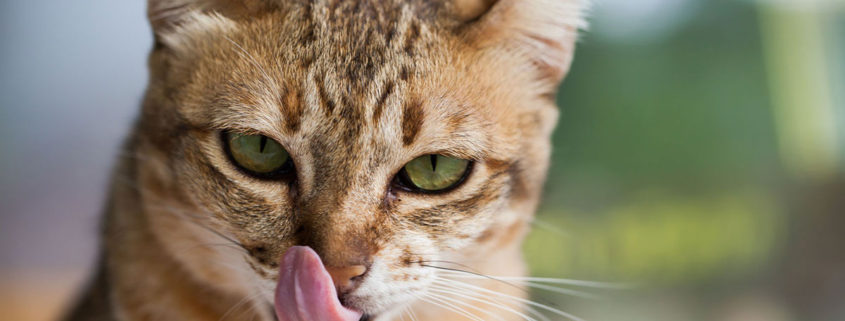
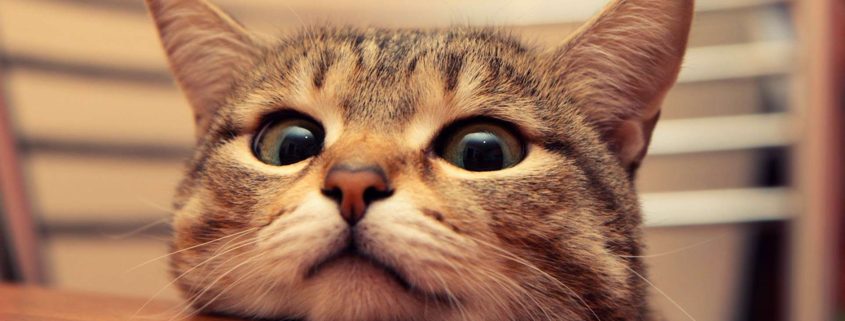

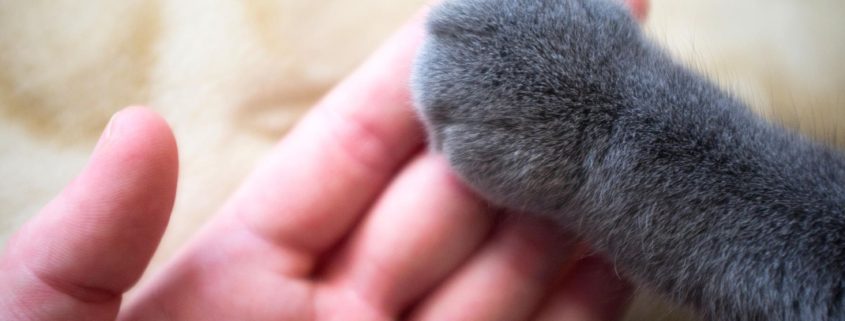
 As veterinarians continue to advocate for their patients by better understanding and researching different means to combat chronic and acute pain in their patients, bodywork such as massage therapy and acupuncture are becoming much more commonplace in veterinary medicine. Consistent use of these modalities continues to positively enhance the lives of pets living with different levels of physical and emotional pain. While some may gawk at the idea of massage therapy for cats, the results at Peak Animal Wellness and Massage steadily speak for themselves!
As veterinarians continue to advocate for their patients by better understanding and researching different means to combat chronic and acute pain in their patients, bodywork such as massage therapy and acupuncture are becoming much more commonplace in veterinary medicine. Consistent use of these modalities continues to positively enhance the lives of pets living with different levels of physical and emotional pain. While some may gawk at the idea of massage therapy for cats, the results at Peak Animal Wellness and Massage steadily speak for themselves! Benefits of massage therapy include (but are not limited to!) increasing circulation, preventing muscle atrophy (wasting), pain relief, increasing flexibility, prevention of injuries, speeds healing processes, and emotional support.
Benefits of massage therapy include (but are not limited to!) increasing circulation, preventing muscle atrophy (wasting), pain relief, increasing flexibility, prevention of injuries, speeds healing processes, and emotional support. According to the ASPCA, the average lifespan of an indoor domesticated cat is somewhere between 13-17 years old, however it’s really not uncommon to see cats who are 20 years and older (I have a 20 year old cat myself!). Because they live such long lives, we know that their bodies (even without significant medical conditions or physical traumas) experience age related changes, such as arthritis. It’s important to remember that a cat’s pain tolerance is absolutely through the roof, and often times guardians will have no idea that their cat is experiencing any discomfort at all!
According to the ASPCA, the average lifespan of an indoor domesticated cat is somewhere between 13-17 years old, however it’s really not uncommon to see cats who are 20 years and older (I have a 20 year old cat myself!). Because they live such long lives, we know that their bodies (even without significant medical conditions or physical traumas) experience age related changes, such as arthritis. It’s important to remember that a cat’s pain tolerance is absolutely through the roof, and often times guardians will have no idea that their cat is experiencing any discomfort at all!
 Chester is an 8 year old domestic shorthaired cat who has experienced chronic lower back pain for years. He receives regular acupuncture, and is on an excellent diet. While he usually does well with his regular bodywork regime, his condition recently regressed, and so his guardian decided to try regular massage therapy sessions with Peak Animal Wellness and Massage. After only a few weekly sessions, Chester’s guardian noticed a substantial shift in his personality. He was happier, more playful, and overall less distant. His veterinarian also noticed a decrease in pain while assessing his condition, and he became more receptive to his acupuncture treatments. Yay, Chester!
Chester is an 8 year old domestic shorthaired cat who has experienced chronic lower back pain for years. He receives regular acupuncture, and is on an excellent diet. While he usually does well with his regular bodywork regime, his condition recently regressed, and so his guardian decided to try regular massage therapy sessions with Peak Animal Wellness and Massage. After only a few weekly sessions, Chester’s guardian noticed a substantial shift in his personality. He was happier, more playful, and overall less distant. His veterinarian also noticed a decrease in pain while assessing his condition, and he became more receptive to his acupuncture treatments. Yay, Chester! Our cats are family. As guardians and professionals, our understanding of them — both medically and behaviorally — continues to grow each day. As Peak Animal Wellness and Massage continues to flourish, we will further advocate for your cat’s wellbeing, and also for their place within this complimentary modality.
Our cats are family. As guardians and professionals, our understanding of them — both medically and behaviorally — continues to grow each day. As Peak Animal Wellness and Massage continues to flourish, we will further advocate for your cat’s wellbeing, and also for their place within this complimentary modality.